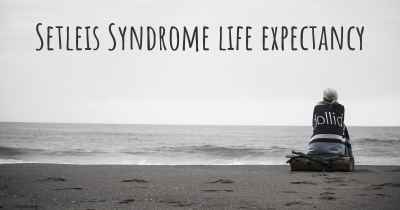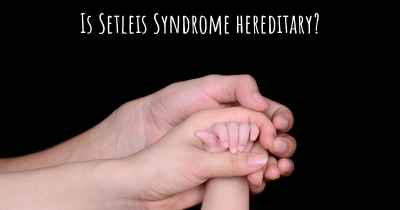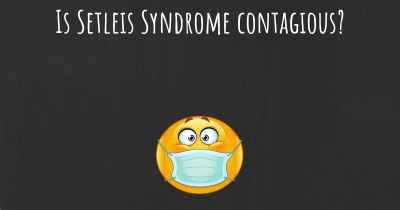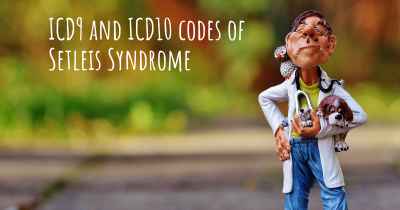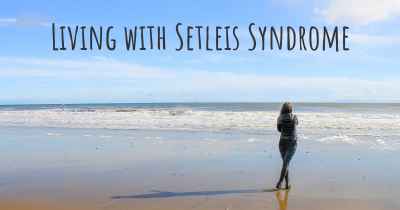Which are the symptoms of Setleis Syndrome?
See the worst symptoms of affected by Setleis Syndrome here
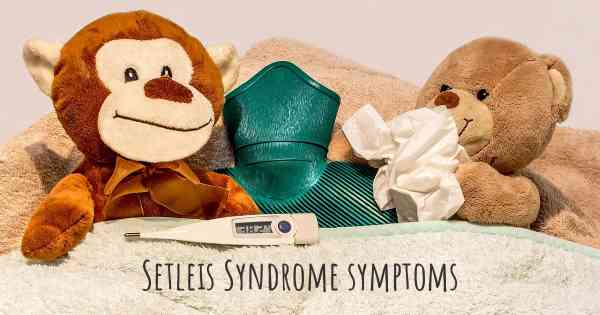
Setleis Syndrome, also known as "blepharophimosis-ptosis-epicanthus inversus syndrome" (BPES), is a rare genetic disorder that primarily affects the development of the eyes, eyelids, and facial features. It is characterized by a distinct set of symptoms that can vary in severity among affected individuals.
1. Blepharophimosis: One of the key features of Setleis Syndrome is blepharophimosis, which refers to the narrowing of the eye opening. This results in a reduced horizontal width of the eyelids, making the eyes appear smaller than usual.
2. Ptosis: Another prominent symptom is ptosis, which is the drooping of the upper eyelids. Ptosis can vary in severity, ranging from mild to severe, and it can affect one or both eyes. The drooping eyelids may partially or completely cover the eyes, leading to vision impairment.
3. Epicanthus inversus: Setleis Syndrome is also characterized by the presence of epicanthus inversus, which is a fold of skin that runs vertically between the upper and lower eyelids, close to the inner corner of the eye. This feature gives the appearance of a downward slant to the inner corners of the eyes.
4. Facial features: Individuals with Setleis Syndrome may exhibit distinctive facial features such as a broad nasal bridge, a small nose, a thin upper lip, and a small mouth. These facial characteristics can contribute to the overall appearance of the syndrome.
5. Other possible features: While less common, some individuals with Setleis Syndrome may also experience additional symptoms such as hearing loss, dental abnormalities, intellectual disability, and developmental delays. However, it's important to note that these additional features can vary widely among affected individuals.
Setleis Syndrome is a genetic disorder caused by mutations in the TWIST2 gene. It is inherited in an autosomal dominant manner, which means that an affected individual has a 50% chance of passing the condition on to each of their children.
Diagnosis of Setleis Syndrome is typically based on the presence of characteristic physical features and a thorough evaluation by a medical geneticist. Genetic testing can confirm the diagnosis by identifying mutations in the TWIST2 gene.
While there is currently no cure for Setleis Syndrome, management of the condition focuses on addressing the specific symptoms and providing supportive care. This may involve surgical interventions to correct eyelid abnormalities, vision aids to improve eyesight, and early intervention programs to support developmental delays if present.
It is important for individuals with Setleis Syndrome to receive regular medical follow-ups to monitor their eye health, address any associated complications, and provide appropriate interventions as needed.
